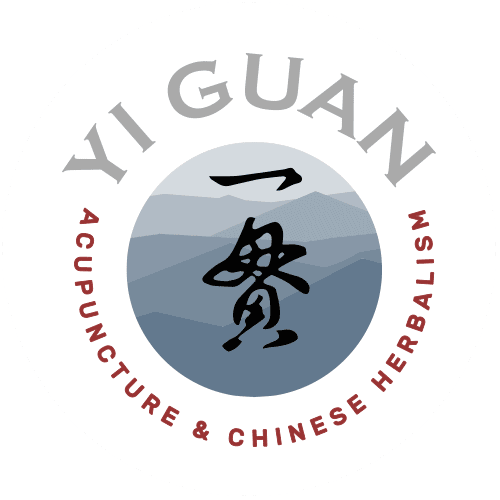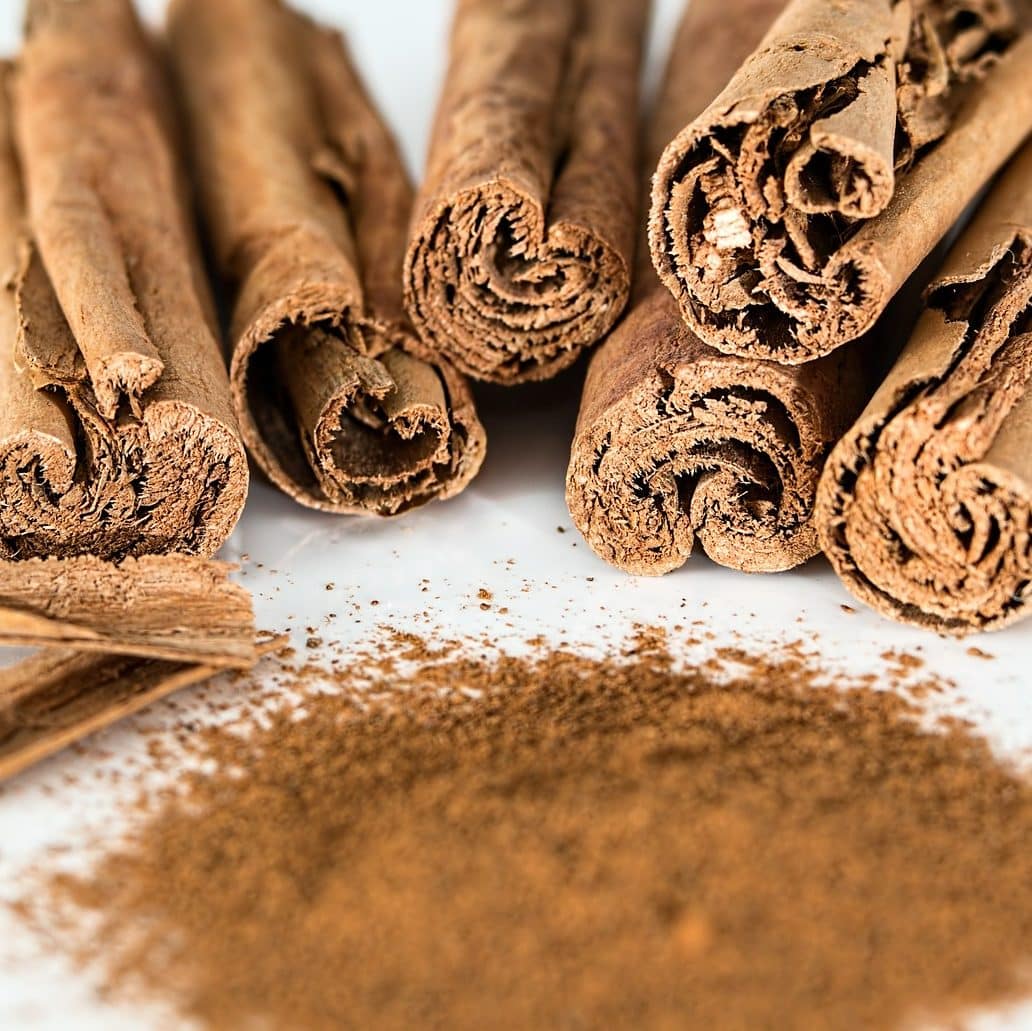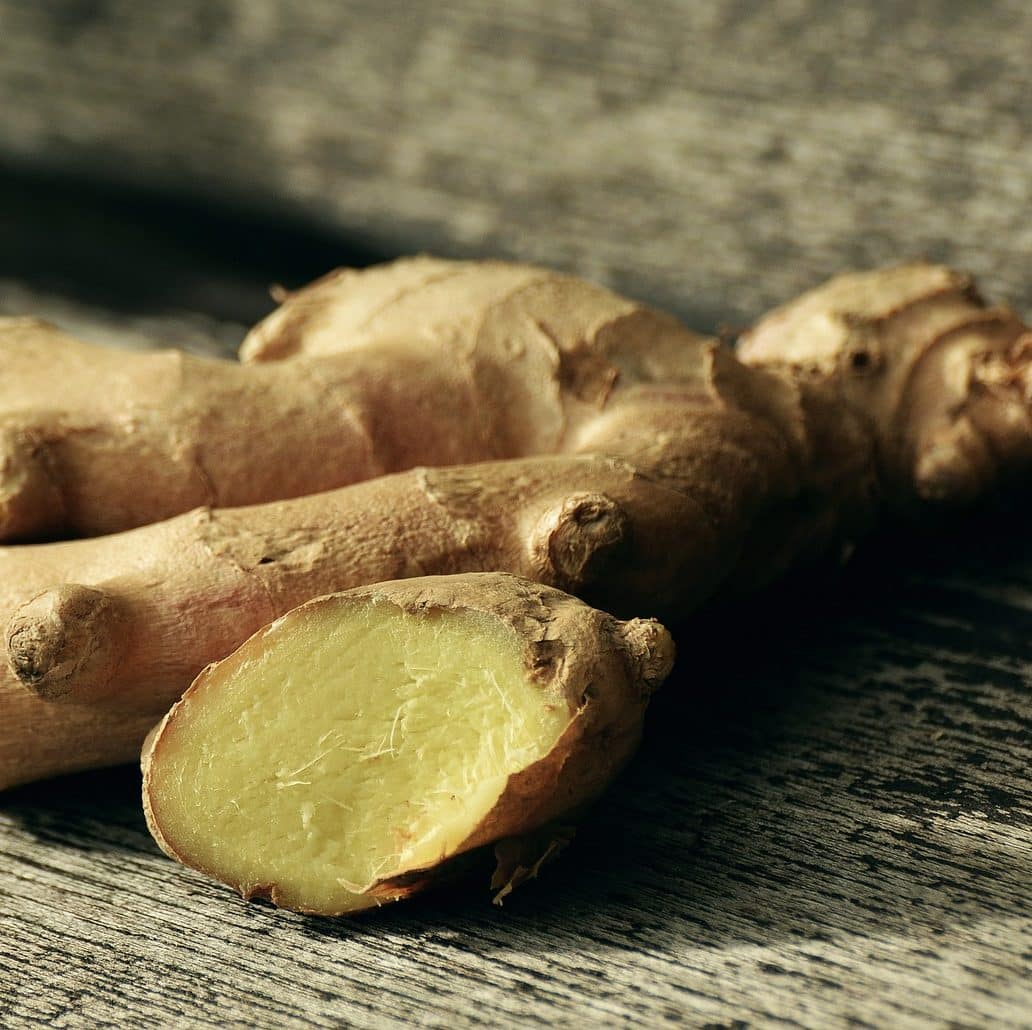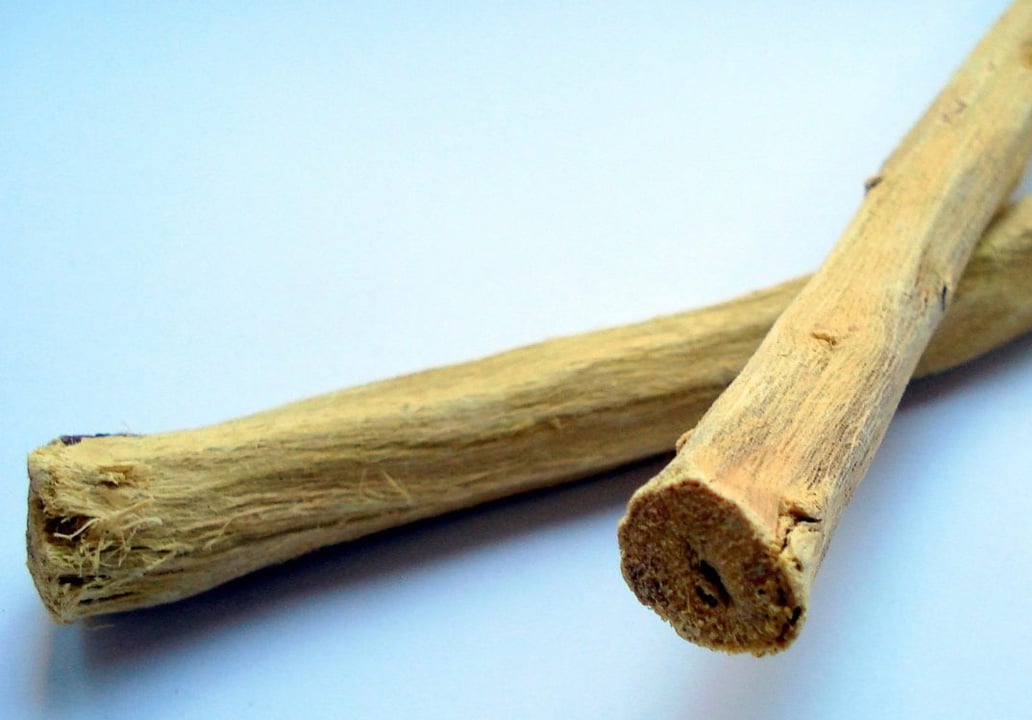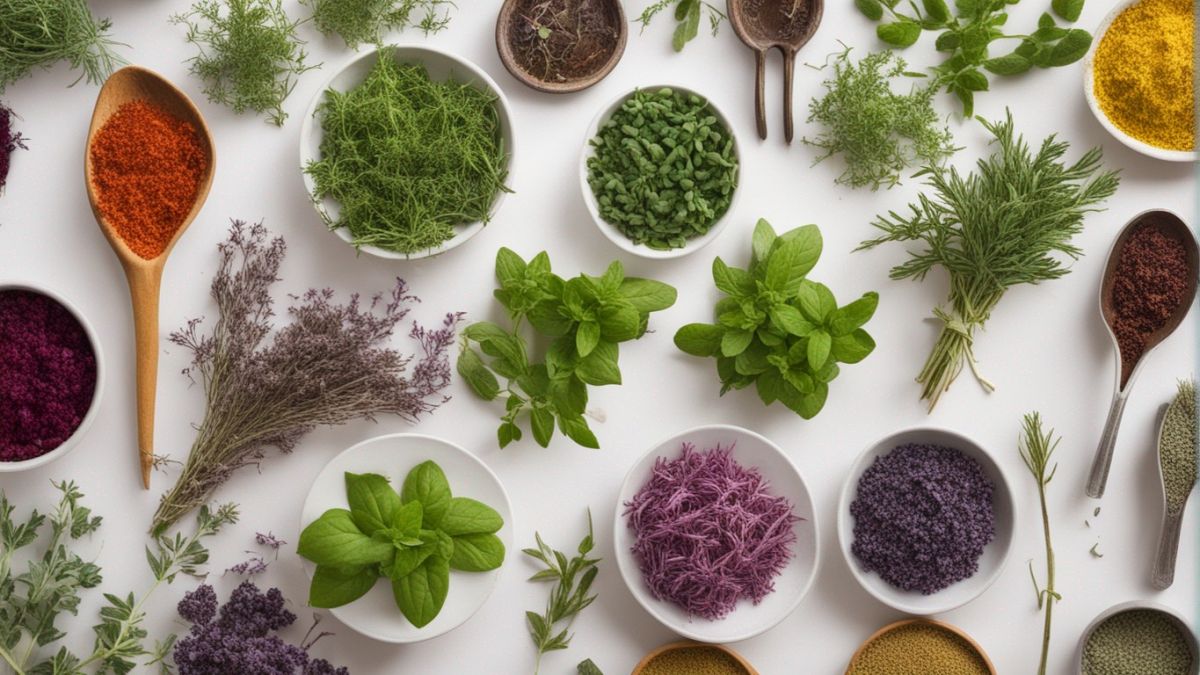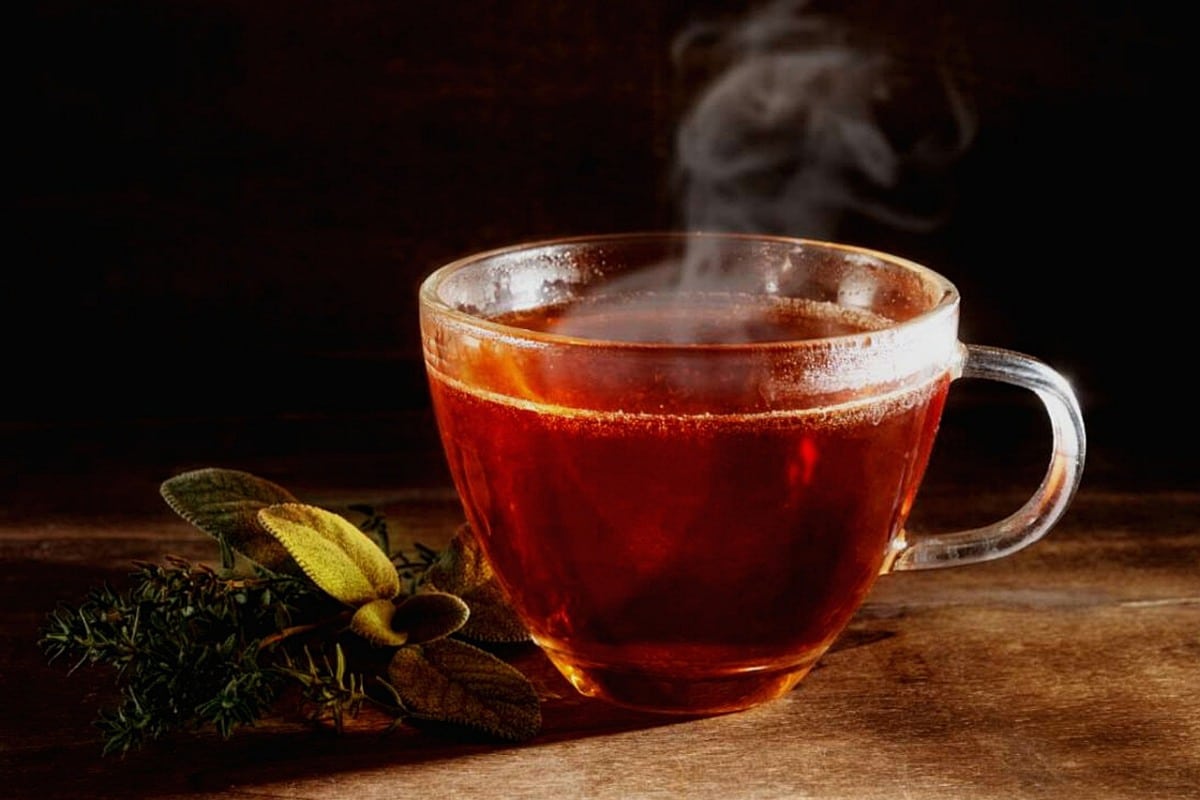Nutraceuticals and Plant-Based Medicine: Medical Treatments With Roots in Chinese Herbalism
There is a growing interest in finding natural, holistic and healthy ways to live. A large part of this is an interest in natural substances to treat ailments and optimize health. Some of the modern Western terms for this idea are nutraceuticals, superfoods, phytomedicines, botanicals or simply plant-based medicine.
However, the concept of using substances found in nature for treating medical conditions is far from a new idea born of Western science.
Every culture and tradition has its own form of herbalism based on their system of viewing wellness and disease, and also based heavily around what plants are indigenous to the area. Chinese herbalism has this tradition, but also has both the benefit of mainstream support and a track record of continuous use since its inception thousands of years ago.
Chinese Medicine’s Austin Connection
Many Austinites may be surprised to know that one of the best schools in the nation for Chinese medicine is located right here in Austin.
Founded in 1993, the AOMA Graduate School of Integrative Medicine offers exceptional graduate-level and doctorate-level training in all aspects of Traditional Chinese Medicine. The herbal education at AOMA is no exception. The curriculum is extensive and involves many courses learning about each herb in detail including its herbal temperature and flavor, its herbal actions, visual identification, general herb safety and herb-drug interactions. There are several classes on some of the more important and useful of the thousands of herbal formulae.
And following that, AOMA training focuses on how certain pairs or groups of herbs come together for a benefit greater than the sum of its parts. How to use formulae to treat diseases both as they are known within Chinese medicine as well as many of the more modern usages. All of this knowledge is integral to the classic Chinese medical viewpoint of pathophysiology, diagnosis, and treatment principles, designed for easy use of treatment regimens including needle protocols and mindbody exercises.
In fact, for centuries Traditional Chinese Medicine has been refining the practice of herbalism to treat a wide variety of medical conditions. Many common compounds that are part of the modern Western movement towards plant-based medicines have a deep medical history within Chinese herbalism. Three common ones are cinnamon, ginger and licorice root.
Cinnamon For a Healthy Heart
Research on cinnamon has revealed many aspects of its biomedical activity. Many studies have shown that its chemical compounds including cinnamaldehyde, cinnamic acid and various polyphenols have antioxidant, anti-inflammatory, anti-diabetic, anti-microbial and anti-cancer effects. Of note are cinnamon’s beneficial effects on cardiovascular health and diabetes. One study discussed cinnamon’s ability to suppress vascular smooth muscle growth, repression of thrombosis and angiogenesis, as well as its ability to modulate insulin secretion and blood glucose levels, which are highly implicated in the formation of atherosclerosis.
Ginger to Help Gut Health
Another botanical that receives a lot of interest is ginger. Many studies indicate ginger’s positive influence on our digestive systems controlling digestion, nausea, vomiting and many other complaints. The plant’s inherent gingerols, shogaols and other phenols exhibit anti-oxidant, anti-inflammatory, free radical scavenging and anti-emetic properties. Ginger’s selective antimicrobial properties aid in establishing a healthy gut biome.
Licorice Root to Treat Ulcers
And yet another herb that has been heavily studied is licorice root. Its main component, glycyrrhizic acid, is a chemical similar to cortisone, a corticosteroid precursor to cortisol, and therefore has wide effects across endocrine and autonomic function including anti-inflammatory, spasmolytic, laxative, anti-depressive, anti-viral and anti-diabetic uses. One particular function of interest is in decreasing the symptoms of gastrointestinal reflux disease and peptic ulcer disease. Studies have demonstrated its activity against Helicobacter pylori, the bacteria implicated in causing ulcers.
Modern Knowledge Compared to Ancient Wisdom
It is interesting to compare what modern research indicates are the pharmacological targets and mechanisms of action to what Chinese herbalists have traditionally known for generations.
The Chinese Herbalism View of Cinnamon
In the system of Chinese herbalism, cinnamon is called rou gui, and has the herbal actions of warming the heart yang, warming and unblocking the channels and vessels, and leading the fire back to its source. The actions of warming and unblocking seem to corroborate the cardioprotective effects, particularly in decreasing or preventing the formation of atherosclerotic plaque in the arteries.
Chinese Medicine and Ginger
Ginger is also heavily used in Chinese herbalism. Known as sheng jiang, its herbal actions include warming the middle burner (the digestive system), alleviating vomiting, warming the lungs to stop coughing, releasing the exterior and resolving toxicity. All these actions are clearly parallel to what Western research has uncovered about ginger, showing the herb has anti-microbial, anti-emetic and digestion assisting functions.
The Roots of Licorice Root in TCM
Licorice root, called gan cao in Chinese herbalism, is one of the more used herbs in formulae. It has the herbal actions of tonifying spleen qi (in TCM the spleen is equivalent to the pancreas), moistening the lungs, moderating spasms, clearing heat and resolving toxicity, and harmonization of other herbs. Again, these herbal actions easily line up with its abovementioned anti-inflammatory, spasmolytic, and anti-microbial corticosteroid functions. Tonifying spleen qi and harmonizing other herbs could easily reflect its properties to decrease stomach ulcers and acid reflux, also tying into the herbal actions of reducing heat and resolving toxicity. It is further interesting to note that there are functions known to Chinese herbalists that modern Western science has yet to uncover.
The Benefit of Traditional Use
Though understanding the modern pharmacological science of plant based medicinal substances is a vital step bringing these practices into the 21st century, there is still a gap of an integrated, thoroughly field-tested system of using these herbs in structured ways. The benefit of learning a traditional system of herbalism is that, at least in Chinese herbalism, such a system has been set up and honed over the centuries, ready for optimal use.
Despite not having extensive Western pharmacological bench research terms for how these herbs work, it is clear that ancient Chinese herbalists, with their metaphorical method of discussing these concepts, are already ahead of the modern research in the width and breadth of how to use phytomedicines.
It is also impressive to note that while modern research is focusing on a handful of highly useful plant-based substances, the materia medica of Chinese herbalism contains more than 400 herbs, all known to the depth that the three mentioned above are. The true refined use is how to combine them to achieve very specific effects that one herb on their own could not have, and tailored to the patient’s particular needs.
Article Sources:
Cinnamon and Chronic Diseases, Adv Exp Med Biol. 2016;929:1-24. https://pubmed.ncbi.nlm.nih.gov/27771918/
Beneficial effects of cinnamon and its extracts in the management of cardiovascular diseases and diabetes, Food Funct. 2021 Dec 13;12(24):12194-12220. https://pubmed.ncbi.nlm.nih.gov/34752593/
Gingerols and shogaols: Important nutraceutical principles from ginger, Phytochemistry. 2015 Sep;117:554-568. https://pubmed.ncbi.nlm.nih.gov/26228533/
Some phytochemical, pharmacological and toxicological properties of ginger (Zingiber officinale Roscoe): a review of recent research, Food Chem Toxicol. 2008 Feb;46(2):409-20. https://pubmed.ncbi.nlm.nih.gov/17950516/
A review of the gastroprotective effects of ginger (Zingiber officinale Roscoe), Food Funct. 2013 Jun;4(6):845-55. https://pubmed.ncbi.nlm.nih.gov/23612703/
Review – Glycyrrhiza glabra L. (Liquorice), Pak J Pharm Sci. 2016 Sep;29(5). https://pubmed.ncbi.nlm.nih.gov/27731836/
Antiviral and Antitumor Activity of Licorice Root Extracts, In Vivo. 2016 11-12;30(6):777-785. https://pubmed.ncbi.nlm.nih.gov/27815461/
In vitro anti-Helicobacter pylori activity of Extractum liquiritiae, glycyrrhizin and its metabolites, J Antimicrob Chemother. 2004 Jul;54(1):243-6. https://pubmed.ncbi.nlm.nih.gov/15190039/
